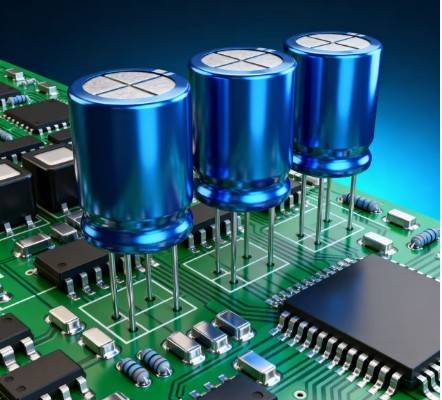The Foundation of Modern Devices of PCB Electronic Components
PCB electronic components are the essential physical elements mounted onto a PCB to create a functional electronic assembly. They are the fundamental building blocks that bring a schematic design to life, determining the board’s purpose, performance, and capabilities. In reality, without these components, a PCB is merely an inactive substrate of fiberglass and copper traces.
PCB Electronic Components:Key Types and Functions
PCB electronic components encompass a vast range of parts, each serving a distinct role. Passive components include resistors, which oppose electrical current to control voltage and flow; capacitors, which store and release electrical charge; and inductors, which resist changes in current. Active components are the intelligence of the board. Semiconductors like diodes regulate current direction, while transistors act as switches or amplifiers.Integrated Circuits (ICs) are highly complex components. They contain millions of microscopic transistors to perform advanced processing. Furthermore, other key parts include oscillators, connectors, and LEDs for various functions.

The Importance of Design and Integration
The careful selection and precise placement of PCB electronic components are paramount to a successful design. Engineers must consider factors like power rating, tolerance, operating temperature, and physical size. The advent of Surface Mount Technology (SMT) has revolutionized electronics by allowing for the placement of incredibly small components automatically, enabling the powerful, compact devices we use today. This miniaturization trend continues to drive innovation in fields from Internet of Things (IoT) sensors to advanced medical implants. Ultimately, the seamless integration and interaction of these diverse components on the PCB are what power the technology that defines our modern world.
Conclusion: The Integrated Whole
In summary, PCB electronic components collectively form the heart of electronic innovation. Their individual functions, precise selection, and harmonious integration on the printed circuit board are what transform abstract ideas into the tangible technology that powers our daily lives. From the simplest gadget to the most powerful supercomputer, it is this synergy of components that drives progress and defines the modern electronic age.